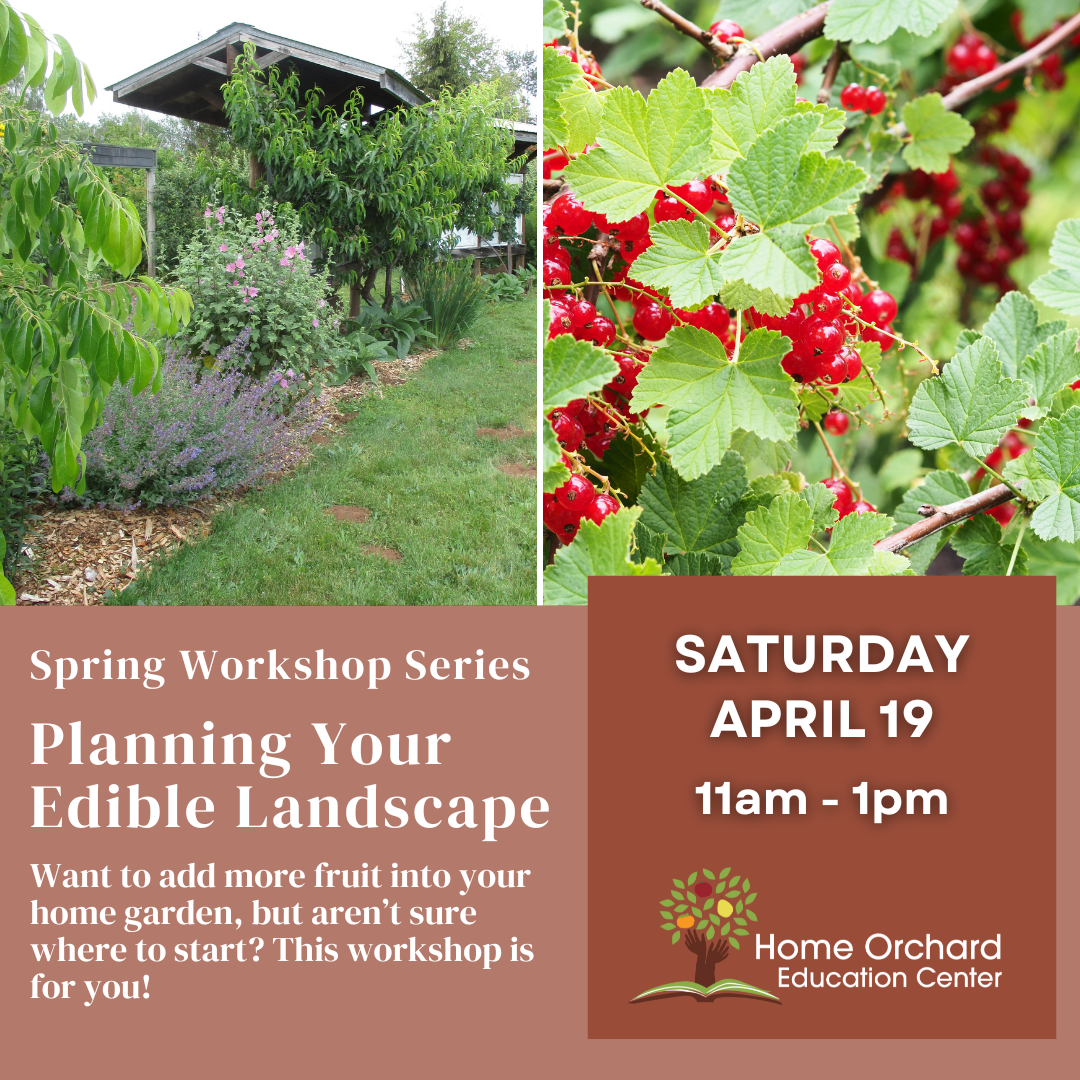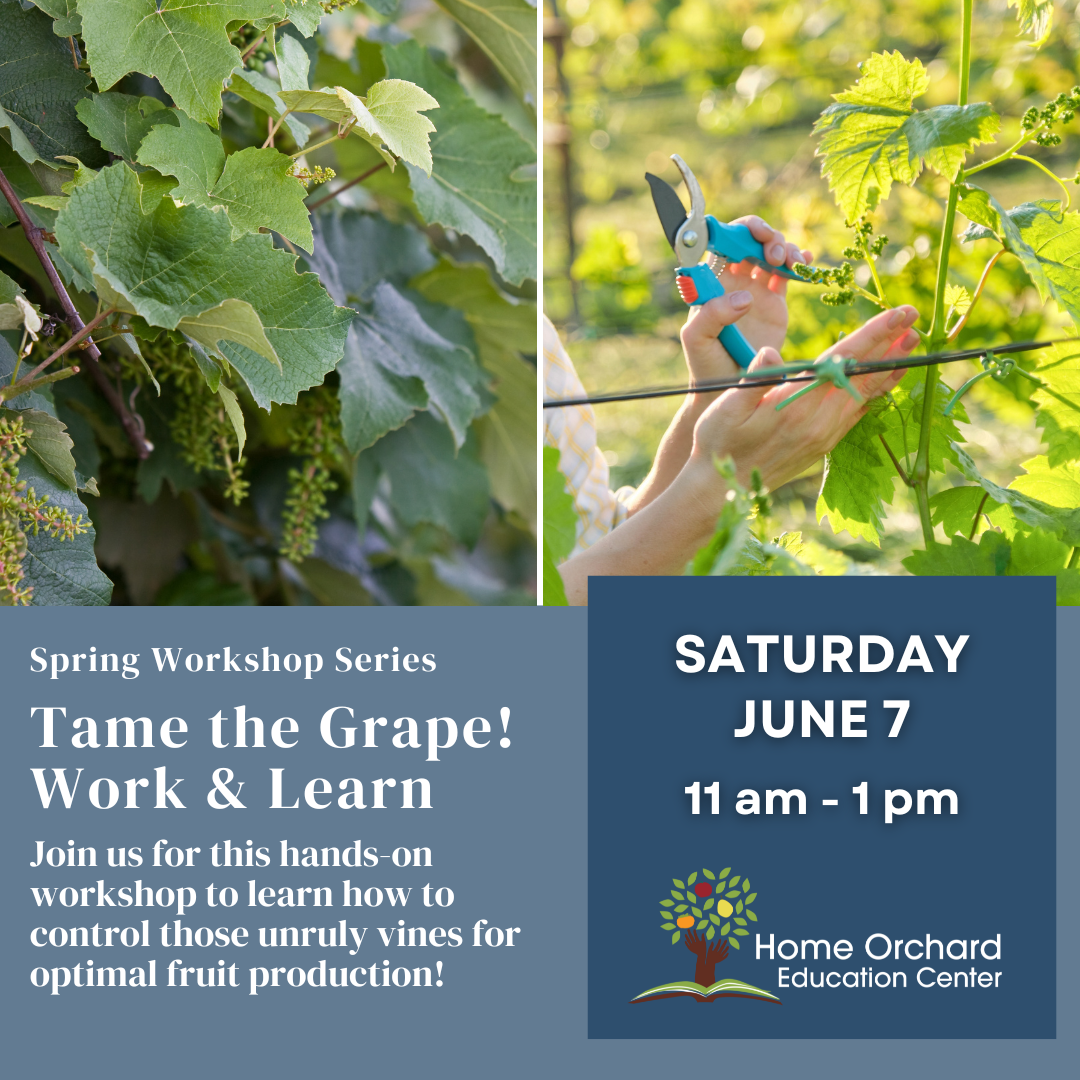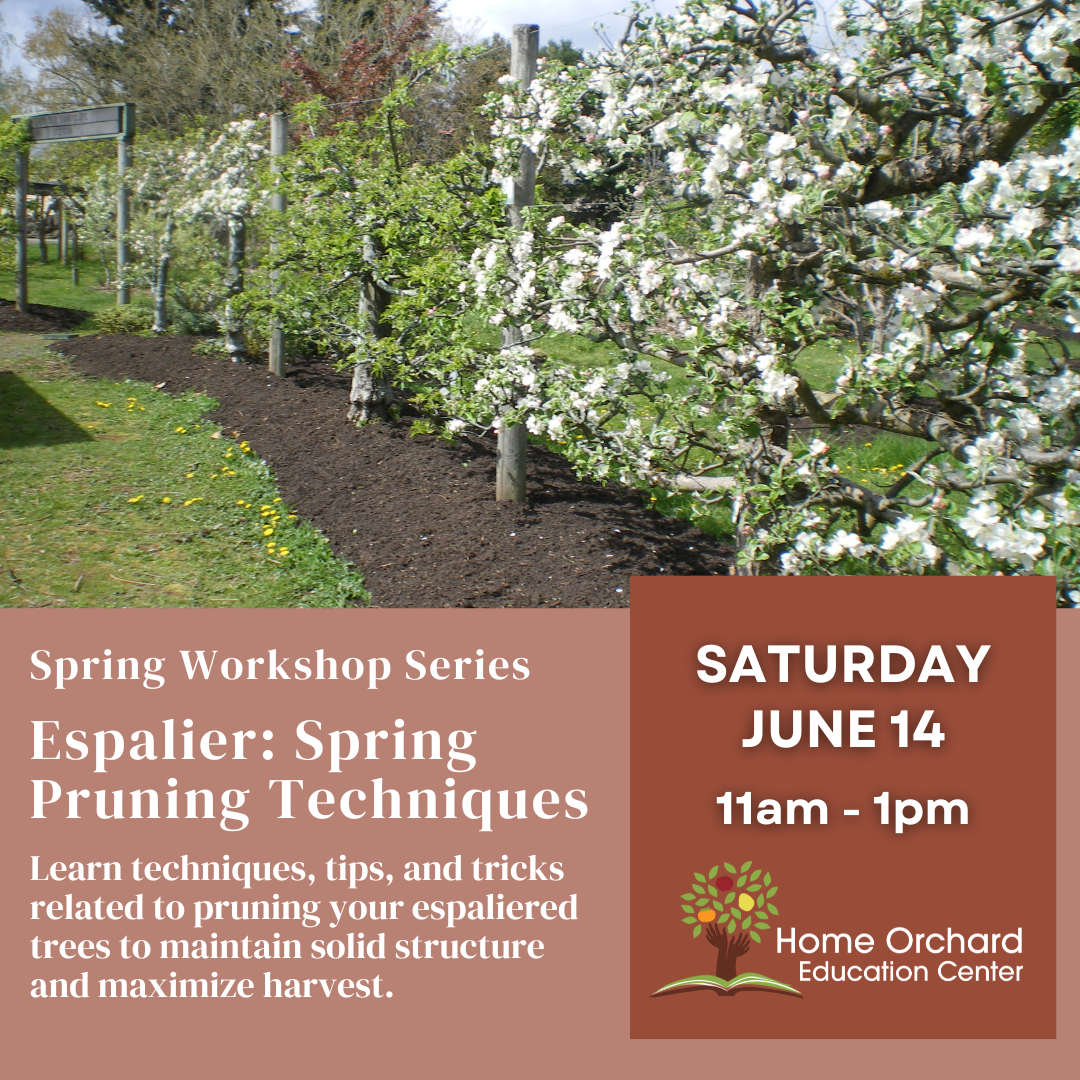Horror, Shock, & Premature Fruit Drop: A Guide To Thinning Fruitlets
An organic orchardist's guide to thinning fruitlets
Have you been growing fruit for a while but haven’t found the trick to producing consistent or highly tasty fruit? Perhaps you’ve moved onto a property with some established fruit trees and are still learning the best ways to care for them. Maybe you are wondering why your tree dumps loads of tiny fruitlets onto the ground before they ripen, only produces fruit every other year, or what you can do do help prevent pest and disease damage?
If any of these situations sound familiar, then this post if for you!
In order to understand why fruitlet thinning (removing 50-90% of your fruit!) will help you grow better fruit, first we need to learn a bit about how mother nature works.
You see, a fruit tree is completely unconcerned about your desire to have the best tasting fruit, or for you to consistently receive that fruit each and every year. Its only real concern is survival.
The way apples and pears and many other fruit bearing trees reproduce in the wild, is through the spread of seeds. So when left to their own devices, most fruit trees will produce a very large number of small, hard, bitter fruits. The limited carbohydrates held within the tree, will be spread out to all of those little fruits, and none will get enough to develop the flavor, size, or sweetness that most fruit growers are looking for. Around mid summer, the tree will begin to drop some of those fruitlets during a natural process referred to as June Drop. At this time, the tree will dump any fruitlets that did not get properly pollinated, and some that it won’t have enough resources to keep alive. By this time, much of the trees resources have already been poured into those now fallen and underdeveloped fruits. The tree has done its job of scattering its seed for survival, but we have lost resources that could have been directed to developing tasty fruit.
In a heavily bearing year, the tree can become so focused on making seeds, that all of its energy is tied up in seed production, so there is none left to form blossoms for the following year’s fruit. When this happens, there will be little to no fruit the following season. This is called Biennial Bearing. If allowed to continue, this can become a regular cycle of over abundance one year, and failure to produce the next.
Lets move on to another scenario….
Do you think this many full-grown Asian pears will fit in this space? Ummm…no way.
Imagine it is springtime in your orchard. Your apple and pear trees are looking great. They have flowered beautifully, and now your tree is beginning to sparkle. You see bursts of flowers everywhere. Four, five, sometimes even six flowers to one fruit spur. That’s a lot of fruit!
Now imagine what those branches will look like when each and every one of those flowers turns into a growing fruit. How many fruits would that make per branch? Go look up close at one of your trees. Yikes! Can that branch hold all of that weight? Do you think there is enough space for six fruits to form out of a single fruit spur? Will a few of them be popped off from the pressure of the others as they grow or will the tree decide to eject most of them as it runs out of resources? How many resources will those ejected fruits have used up before they fall? If only they were removed sooner so all of the good stuff could have been directed to the fruit that is left!
Are you starting to see how in the world of fruit growing, there can be…..
TOO MUCH OF A GOOD THING?
So now we have learned that too much fruit on a tree can cause those fruits to be hard, bitter, and seedy, and we already know that it may encourage a biennial bearing habit. It also sounds like we may see some branch breakage from the weight of the fruit aand wasted resources that could have helped make our harvest more flavorful. Are there any other reasons you might want to consider thinning your fruitlets in a managed garden or orchard? There are.
Pest Damage. When fruits are touching, it is near impossible to thoroughly apply organic sprays and pest preventatives. It also provides a one stop shopping scenario for pests who will devour one fruit and then just slide right on over to the next fruit touching it.
Natural Defenses. There is some evidence that shows thinning increases phytonutrients, which are chemicals that help protect plants from germs, fungi, bugs and other threats.
So how can we encourage trees to make sweeter, larger, tastier fruit, and to produce that fruit every year?
Fruitlet Thinning.
Most deciduous fruit trees benefit from fruitlet thinning. Apples, pears, apricots, plums, peaches, kiwi, and persimmons all respond positively to thinning. Please keep in mind that different trees and different fruits have different needs, so be sure to look up information specific to your variety of fruiting tree before you start snipping. (https://extension.oregonstate.edu/gardening/berries-fruit/fruit-thinning)
How To Thin: The Dirty Deed
Grab a pair of sharp pointed tip thinning snips or scissors.
Take a deep breath and prepare yourself.
You are about to cut off more than half of your fruit. That’s right, you are going to remove 50%-90% of those darling fuzzy baby fruitlets!
Apples
Apples often produce fruitlets in clusters of 5-7 originating from a single bud. How many you spare will depend on the strength of the branch where the fruitlet(s) is located, the length of the stem on each variety, and the health of the visible fruitlets and your desire to direct resources to each fruit.
We generally recommend removing all but 1-2 strong, healthy, well placed apple fruitlets from each cluster so that none of the remaining fruits are left touching. On a variety with a very short stem, it may be necessary to remove all but one, and on a variety with a longer stem, you may be able to leave two.
How do you know which to remove and which to leave? First, remove any fruitlets that look malformed or bothered by pests. Next remove any fruitlets that are poorly positioned. This might mean facing inward where it won’t receive much light or situated to bump into a neighboring fruitlet as it grows, etc.
As a rule of thumb apples will have one slightly larger fruitlet in the center of each cluster called the King Fruit. If you are only going to leave one fruitlet on a short stemmed variety, unless the king fruit looks damaged or under-developed, this is the one we often leave.
PEARS
Some orchardists feel that pears need less fruitlet thinning than apples, although there is still some benefit, especially if you have an older pear that has developed a biennial bearing habit. Here in the HOEC orchard, we thin most pears down to 2 fruitlets per cluster if they are well positioned.
The process here is similar to apples, but with pears there is no central king fruit, and the lowest fruit will usually be the largest.
If you only have a few trees to thin, don’t forget to gather up all the fallen fruitlets for the compost bin! Leaving rotting apples on your orchard floor may result in the spread of fungal disease and provides food for overwintering pests, so try to remove them when it is reasonable to do so.
So be brave ~ if not ruthless, my fellow fruit growers! Get out those thinning snips and let us know how it goes.
HAPPY THINNING!
If you would like to practice thinning fruitlets on our trees before you tackle your own, join us for our upcoming FREE Fruitlet-Thinning Learn/Work Party on Saturday, May 25th!
Enjoy fruitlet-thinning so much that you want to come again? We always love additions to our amazing team of Community Orchard Volunteers.
If you would like to learn more about growing fruit naturally, make sure to take a look at our upcoming hands on workshops - open to learners of all skill levels!










